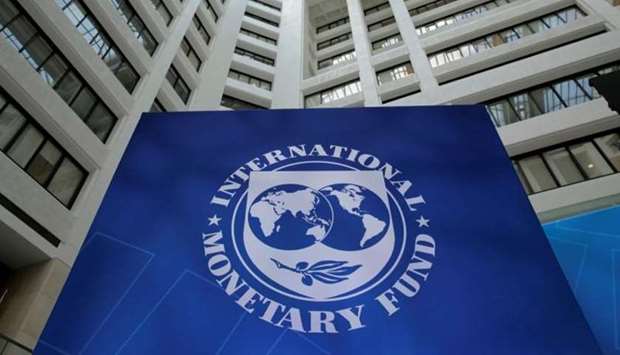Qatar is among 10 Middle East and Central Asian countries that have tapped markets since early 2020 representing 26% of emerging market issuances compared with their combined weight of 6% in emerging markets’ GDP, according to International Monetary Fund.
One-third of the countries in the Middle East and Central Asia tapped into international markets, benefiting from favourable conditions, but some faced substantial volatility, IMF noted.
Favourable conditions not only helped these countries access markets but also increase the maturity on their placements. Notably, the average maturity of non-investment-grade issuances in the Middle East and Central Asia was like that of other non-investment-grade emerging markets, closing a gap that had persisted in previous years.
Borrowing costs also gradually came down after the initial period of turmoil, reflecting the easing of global financial conditions.
Nevertheless, IMF noted in its latest ‘Regional economic outlook’ that average coupon rates for both investment-grade and non-investment-grade issuers in the Middle East and Central Asia for 2020 were slightly higher than in similar emerging markets elsewhere.
Non-resident participation in local currency government debt markets remained negligible in most countries in the Middle East and Central Asia. However, those exposed to short-term nonresident flows to local currency debt markets experienced substantial volatility during the year.
For example, IMF noted Egypt and Pakistan saw heavy outflows as foreign investors exited their positions in domestic government securities during March– May (amounting to more than $15bn and $2.5bn, respectively).
In Egypt, prudent macroeconomic policies and high real yields supported the reversal of earlier outflows by year’s end, despite a 400-basis-point reduction in policy rates. In Pakistan, foreign investors have not yet returned in significant volumes.
According to IMF, most LICs in the Middle East and Central Asia had a “small response to the crisis” given financing constraints, relying on official and central bank financing.
In 2020, the median increase in the primary deficit for this group was 2% of GDP, despite the significant challenges these countries faced from the pandemic, reflecting financing constraints and a lack of policy space. More worrying, countries most in need of spending (with a low Sustainable Development Goals index) cut their nominal expenditures markedly compared with pre-pandemic projections.
In the region, public gross financing needs are projected to increase during 2021–22, compared to pre-pandemic expectations, IMF said.
In the Middle East and Central Asia’s emerging markets, financing needs would increase to $1,070bn during 2021–22, from $784bn in 2018–19.
These countries expect to cover these financing needs through $862bn from domestic creditors and $208bn from external sources, IMF noted.


